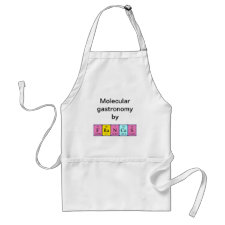
Authors: Shnek DR, Pack DW, Sasaki DY, Arnold FH
Article Title: Specific protein attachment to artificial membranes via coordination to lipid-bound copper(II).
Publication date: 1994
Journal: Langmuir
Volume: 10
Issue: (7)
Page numbers: 2382-2388.
DOI: 10.1021/la00019a058
Abstract: A versatile and convenient method for targeting proteins to lipid assemblies using metal ion coordination is described. Mixed lipid bilayers and Langmuir monolayers containing a metal-chelating lipid and divalent copper ions are shown to bind protein via surface-accessible histidine residues. Cu2+ chelated by iminodiacetate (IDA) in the headgroup serves as an affinity ligand to target the protein to the interface. The compact, uncharged Cu2+-IDA headgroup can be incorporated into lipid assemblies without disrupting the lipid packing. Surface pressure-area isotherms of DSPC monolayers containing 5 mol % of IDA-lipid show that Cu2+ enhances the rate and extent of myoglobin association with the interface. Myoglobin binds to small unilamellar vesicles containing 2% Cu2+-IDA lipid (48% DSPC and 50% cholesterol) at least an order of magnitude more tightly than to vesicles without metal or loaded with Ca2+. The Cu2+-IDA lipid more than doubles the amount of protein targeted to the interface. Cu2+ ESR parameters g(parallel-to) and A(parallel-to), measured for liposomes with native and DEPC- modified myoglobin, support coordination of surface histidine side chains to Cu2+ as the binding interaction



Join the Society for Molecular Imprinting

New items RSS feed
Sign-up for e-mail updates:
Choose between receiving an occasional newsletter or more frequent e-mail alerts.
Click here to go to the sign-up page.
Is your name elemental or peptidic? Enter your name and find out by clicking either of the buttons below!
Other products you may like:
 MIPdatabase
MIPdatabase









